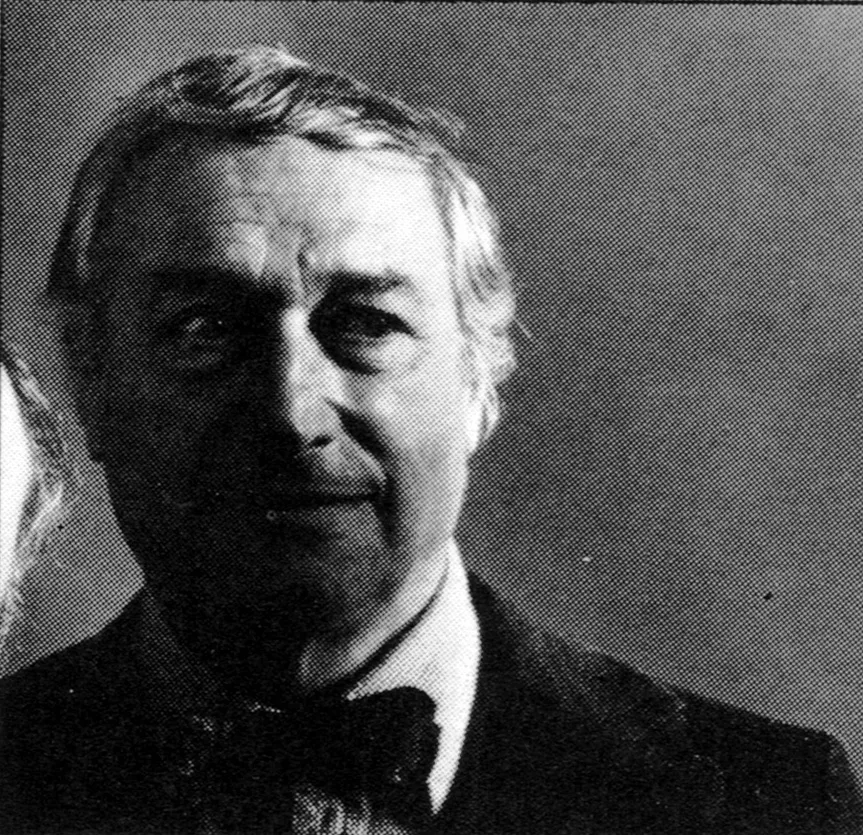

Information
A Special Issue on House Style with illustrated cover by F.H.K Henrion
A special issue contributed by Alec Davis
Why is it important? House style can give identity to the diverse products or activities of a firm. It stimulates loyalty, helps to reduce costs, has advertising value. Many factors affecting the development of a successful house style are analysed, discussed and illustrated
Who should have it? House style can be adopted by all organizations, whatever their size or purpose. No business or activity which sells a product, service or idea is too unimportant to benefit from ordered visual presentation
Where should it be evident? House style involves more than the use of a symbol or a a standard type face. If properly used it extends to the smallest corners of a firm’s activities including invoices and nameplates as well as uniforms, exhibition stands and publicity
What has been done? House style in practice is illustrated in 10 cases covering a wide cross section of British industry and commerce. Included is an eight-page exercise for an imaginary firm, specially produced and printed for DESIGN by the London School of Printing and Graphic Arts, and reviewed by Noel Carrington
What are its pitfalls and possibilities? House style is not the endless repetition of certain visual characteristics. It must be a good style which gives unity and identity and at the same time be sufficiently flexible to cover a wide range of uses
What can we learn from the past? House style, the method of giving identity to an organization, has evolved from the time when a manufacturer could write his name on every packet of his products. The author traces subsequent developments in the varied fields where house style can be applied
Where do we stand today? House style is now more widely recognized and adopted than ever before, yet it is still the exception rather than the rule. A lead has been given by retailers – a lesson in selling which has still to be learned by many British exporters
Details
Linked Information
